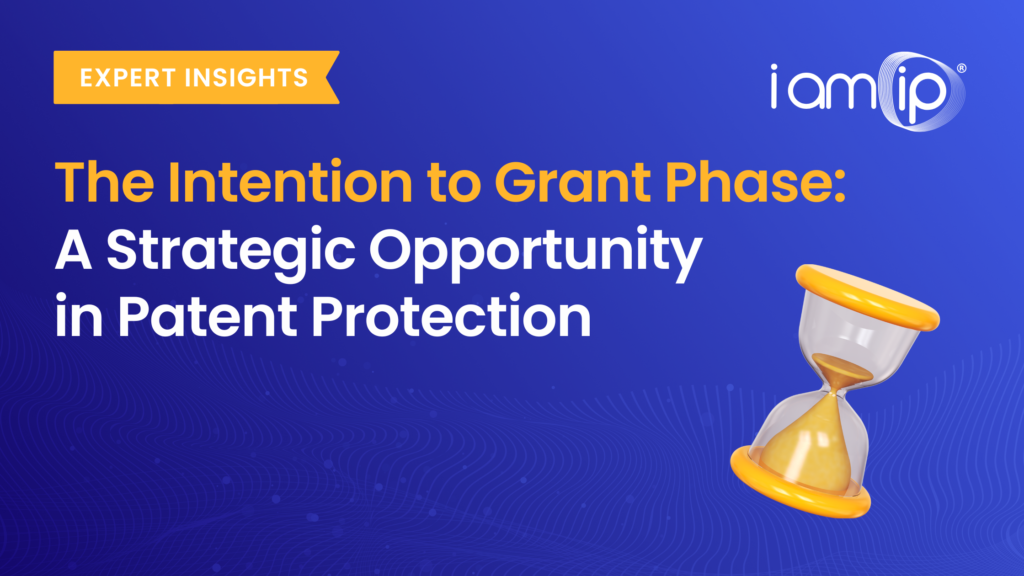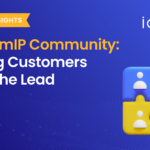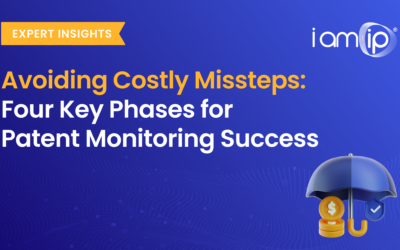
Many companies overlook a crucial phase in the patent process: the intention to grant stage. This period offers a valuable opportunity to safeguard intellectual property, prevent competitors from gaining an unfair advantage, and strategically position your business in the market.
Here’s an in-depth guide to understanding what the intention to grant phase is, why it matters, and how to leverage it effectively.
What Is the Intention to Grant Phase?
Before a patent is officially granted, the patent office invites public feedback. This means anyone—including competitors, industry experts, and legal professionals—can review the patent and, if necessary, raise objections.
This phase is the final checkpoint before a patent becomes legally binding, making it a critical window of opportunity for businesses to challenge problematic patents.
How Does It Work?
Once a patent enters the intention to grant phase, companies have nine months to file an objection. If no objections are raised during this time, the patent will be officially granted.
Why Should You Monitor the Intention to Grant Phase?
Keeping a close eye on this stage of the patent process can help your business in several ways:
- Prevent Competitor Domination: If a competitor is about to patent a technology that overlaps with your own, you may be able to challenge it or limit their scope.
- Strengthen Your Freedom to Operate: By identifying potential conflicts early, you can ensure that you retain the ability to develop and market your products without unnecessary legal restrictions.
- Block Weak or Redundant Patents: If a pending patent is based on existing prior art, you can present evidence to the patent office, potentially preventing it from being granted.
The Cost of Ignoring This Phase
Many companies fail to act during this critical period, often realizing too late that a competitor’s patent restricts their innovation.
- Legal Costs: Companies that don’t monitor this phase often end up in court trying to invalidate a granted patent—a process that can cost anywhere from $500,000 to $5 million per case.
- Market Access Restrictions: If a patent gets granted uncontested, competitors can block access to key markets, preventing rivals from launching similar technologies.
- Product Delays: A granted patent can put a hold on new product development, forcing companies to spend years in costly negotiations or licensing talks.
How to Monitor the Intention to Grant Phase Effectively
To avoid legal and financial risks, businesses should have a structured approach to tracking patents in this phase.
Step 1: Set Up Alerts for Key Competitors
Use patent monitoring tools to track when competitors’ patents enter the intention to grant phase. Setting up alerts ensures you never miss an opportunity to review and challenge a patent.
Step 2: Analyze Competitor Patent Strategies
Regularly assess what competitors are patenting. Are they filing for technology similar to yours? If so, it might be worth preparing an objection.
Step 3: Review with Legal & R&D Teams
IP monitoring is not just for patent lawyers—R&D teams should also be involved in assessing whether a patent could block their innovation.
Step 4: Prepare Your Opposition Strategy
If a competitor’s patent poses a threat, start gathering prior art evidence early. This strengthens your case if you need to file an opposition.
Step 5: Consider Strategic Timing
If a pending patent doesn’t directly impact you but significantly affects a competitor, you can delay your opposition to gain a stronger bargaining position.
Example: A competitor files a patent that slightly overlaps with your technology. If it also threatens another major player in your industry, waiting until negotiations could give you leverage.
Using the Intention to Grant Phase as a Strategic Advantage
Beyond just preventing potential threats, companies can use this phase to gain an edge over competitors. Consider these tactics:
- Delayed Opposition: If a pending patent doesn’t directly impact you but significantly affects a competitor, you can wait to raise objections until you’re in a strong bargaining position.
- Leveraging Prior Art Selectively: If you have evidence that a patent application lacks novelty, you can choose when to reveal it—either during the intention to grant phase or later when it serves your interests in negotiations.
By strategically timing your opposition, you can use the patent landscape to your advantage rather than reacting to it after the fact.
Scaling Your Patent Monitoring Efforts
Patent monitoring isn’t just about individual applications—it’s about tracking trends over time. Here’s how to scale your efforts:
- Global Impact Considerations: When a company files for a patent, they have 12 months to decide which markets to protect it in. If the original application is invalidated, it affects the patent’s chances in major markets like the U.S., Japan, and China.
- Long-Term Data Storage: Some patent processes take up to 10 years before reaching the intention to grant phase. Maintaining records and tracking changes over time ensures you’re prepared to act when necessary.
Example
In the pharmaceutical industry, patents are crucial for securing market exclusivity. If a company fails to challenge a competitor’s patent during the intention to grant phase, they risk losing billions in revenue.
For example, if a major pharmaceutical company ignored a patent application for a new drug formulation and years later, they had to challenge the granted patent in multiple courts, it could delay their product launch by three years and cost them hundreds of millions in lost sales.
Had they acted during the intention to grant phase, they could have opposed the patent directly with the patent office—avoiding costly legal battles.
Takeaway: Timing Is Everything
Patent monitoring is crucial at two key stages:
- When the patent is first published – This helps you anticipate potential threats.
- When the intention to grant phase begins – This is your last chance to act before a patent is granted.
The nine-month window provided during the intention to grant phase is your best opportunity to shape the patent landscape. Use this time wisely.
And remember don’t reveal all your cards too soon. If you’re holding a strategic advantage, consider when and how to play it to maximize your position in future negotiations.
By proactively monitoring patents and understanding the nuances of the intention to grant phase, you can safeguard your intellectual property, prevent costly legal battles, and gain a significant competitive edge in your industry.
insights by: Dimitris Giannoccaro
Search
Categories
- Announcement 6
- Case Study 1
- Expert Insights 7
- IamIP News 4
- Industry Trends 27
- Innovation Index 4
- New Release 9
- Platform News 2
- Press Release 1
- Webinar 13








